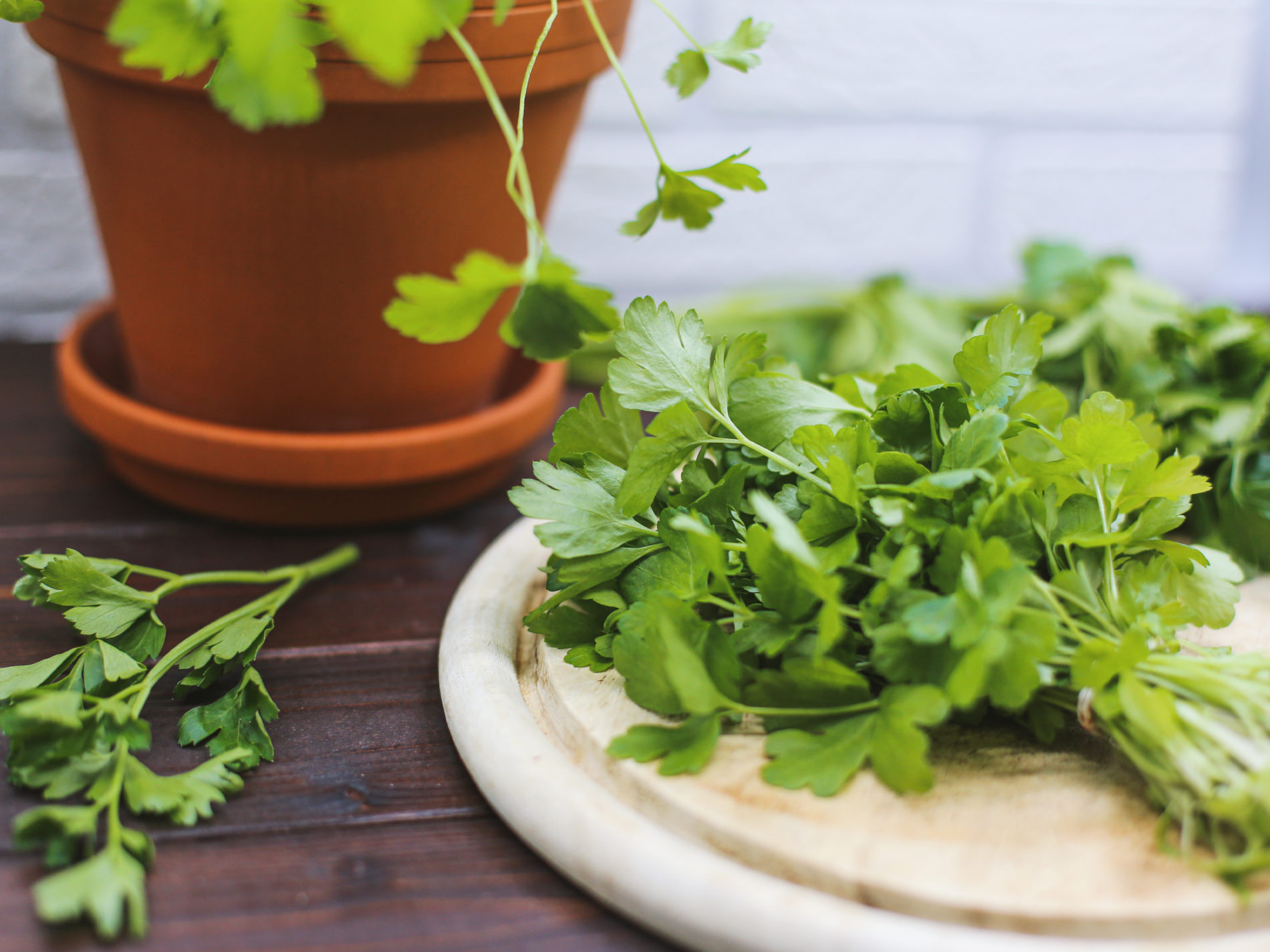If ‘parsley’ sounds strange to you, it’s ok, because it’s a merger of Old English and Old French words which derived from Latin petroselinum which is the Latinization of the Greek petroselinon. Who knew, right? But what we already know is that the parsley is widely cultivated as a herb and as a vegetable in many countries. We all know leafy parsley. But as food diversity comes in vogue, people start diluting their menus with more exotic and unusual green produce.
We’ve heard of parsnip and turnip, celeriac and burdock (not sure about this one though), and now it’s time for parsley root. It looks exactly the same as parsnips from the first glance. And from the second. It takes some time to learn that parsley roots are somewhat paler, whiter than parsnips. And it can be treated just as one other root vegetable. Give it a nice scrub with a brush or use a good ol’ vegetable peeler to get rid of the skin and use it as in dishes where you would normally use carrots and celeriac. Create a quick crunchy salad with red sweet apples, a couple of bunches of bitter mustardy watercress and 5 Tbsp. extra virgin olive oil, 1 ½ Tbsp of lemon juice, 1 tsp of Dijon mustard, 1 tsp of honey, salt and pepper. Use mandoline to slice the taproot and then stack several slices upon one another and cut them into matchsticks. Then mix with other ingredients. You may add nuts for extra crunchiness. Because you are a hero of your taproot fever! Sorry for that.
Now back to the green parts of the parsley. There are generally two major varieties – curly leaf and flat leaf parsley which differ, as you may have guessed, by their leaves’ spatial configuration. While it does matter to someone, we won’t focus on that, because today we discuss chopped parsley dishes and preparations. One of the most notorious sauces is French persillade. It goes with oysters and other mollusks. It can be as simple as chopped parsley mixed with minced garlic. Or it can contain other herbs, oils, vinegar. In Italy, persillade is mixed with lemon zest and called gremolata. It’s heavily used as a garnish for veal. Want to go from Europe to South America – try an Argentinian pesto-like condiment called chimichurri. It’s used both as a marinade and a sauce for grilled meats, pasta, or even sea foods. For that, you’ll want to put 1 cup of parsley, 4 garlic cloves and 2 tsp of dry oregano in a food processor and pulse several times. Then add 80 ml / ⅓ cup of tasty olive oil, 2 Tbsp of red/white wine vinegar, some pepper flakes, salt and pepper and blend to combine. Use immediately or refrigerate for up to 2 weeks. But why store it for too long when you can sear some nice chicken thighs or grill halibut steaks and serve them with this parsley-empowered condiment?











What do you think?